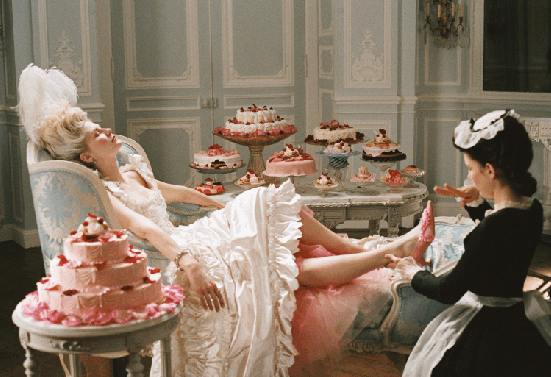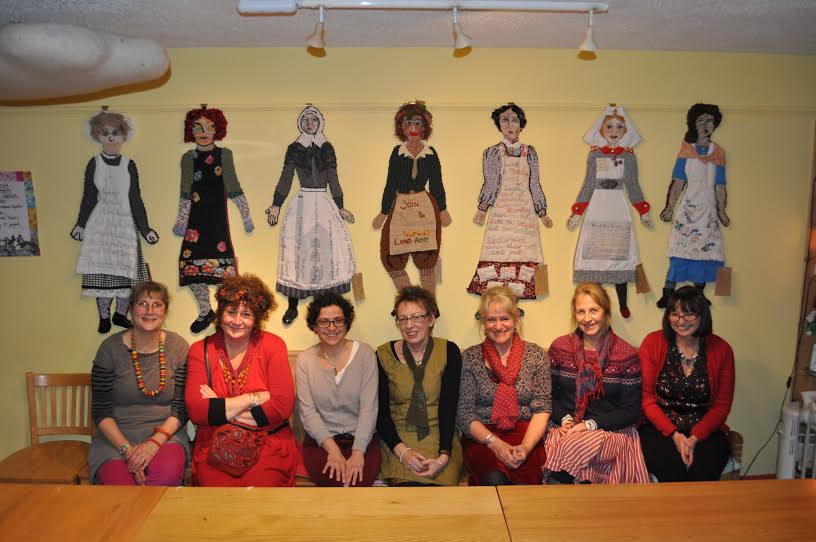
This exhibit is on display at Archie Brown’s on Bread Street in Penzance. Who are these women? Mesdames Myrtles is the name of the group of women seated in front of their rugs, created to recognise and celebrate the work of women in Cornwall and the Isles of Scilly. The Myrtles joined with the Hypatia Trust’s History 51 Project to highlight the often untold and unremembered history of women in the Duchy. They researched and found evidence of the lives of those women, and depicted them in hooked rugs. They had all joined the rug-hooking group to rediscover and preserve the ancient art of rug-hooking, and have added a new dimension to the craft by using it to illustrate the lives of those women who are our forebears.
So, what, exactly?...
From left to right, we have:
Brigitte Kaufhold, and above her is a depiction, in a hooked rug, of’ Mary’, with the words on her apron:
Every Thursday, Mary loaded her jingle in Pendeen with eggs, butter and cream, and set off for Penzance market.
The detail achieved in these rugs is amazing.
Next in line is Sue Dove, with her illustration of ‘Miss Myrtle, the Governess’. She is the only figure not wearing an apron, letting the world know that she was not a domestic worker.
Third from the left is Dr. Tehmina Goskar, Project Manager for History 51, sitting in for Pat Sales, who is the rug-hooker who created the figure of ‘Morwenna – the Balmaiden’. Her apron gives the names, ages and occupations of some Balmaidens for whom we know some details.
Martha Buckingham, 14 yrs old, on May 1st – Griddling.
Mary Johns, 14 yrs, ) months old on March23rd – Picking.
Jane Uren, 16 yrs old – Cobbling.
Grace Bowden, 17 yrs old, 9 months.
Ollie Pickford is next in line, showing her depiction of one of the Land Girls who worked on the farms during both World Wars. Her apron says, ‘Join the Women’s Land Army’. The Land Army was founded in 1917, then reformed in 1939, and the work of this army contributed to the survival of families and farmers during the wars. There were 80,000 girls/women enrolled by 1944. Their song was:
Back to the land
We must all lend a hand
To the farms and the fields we must go
There’s a job to be done
Though we can’t fire a gun
We can still do our bit with the hoe.
Back to the land
With its clay and its sand
You grow barley and wheat
And potatoes to eat
To make sure that the nation keeps fit.
We will tell you once more
You can help win the war.
Diane Cox, who chairs Mesdames Myrtles, is next with her rug of a woman who, though not working ‘outside the home’, was still working long hard hours every day. Her apron reads:
Wash on Monday
Iron on Tuesday
Mend on Wednesday
Churn on Thursday
Clean on Friday
Bake on Saturday
Rest on Sunday.
I very much doubt that there was much rest on Sunday – there is no mention of raising the children, gardening, feeding the animals (if she churns on Thursday, there must be a cow to be milked).
Next we have Rachel Redwood with her illustration of Rachel Anne Richards, who joined Queen Alexandra’s Royal Nursing Corps on November 13th, 1919. She grew up in Newlyn and trained as a midwife.
Last in the line is Sue Tregear. She chose to focus on Betsy Lanyon of Newlyn and Penzance. Betsy was a fishwife, responsible for the gutting, cleaning and salting of fish, carrying heavy baskets in all weathers, thus being an integral and vital part of the fishing industry and economy of the region.
These rugs not only showcase a craft practiced for centuries, but pay homage to the lives of women who have sustained their families , and contributed to the society and culture of this county. They did not win medals for their work, they did not make it into national history books, but deserve respect and recognition for the part they played in our history. The Hypatia Trust would like to thank Mesdames Myrtles for their whole hearted interest in this project ,and their creative and inspiring way of illustrating and highlighting these women, by using this ancient craft of rug-hooking.
Thank you, Mesdames Myrtles! Proper job!


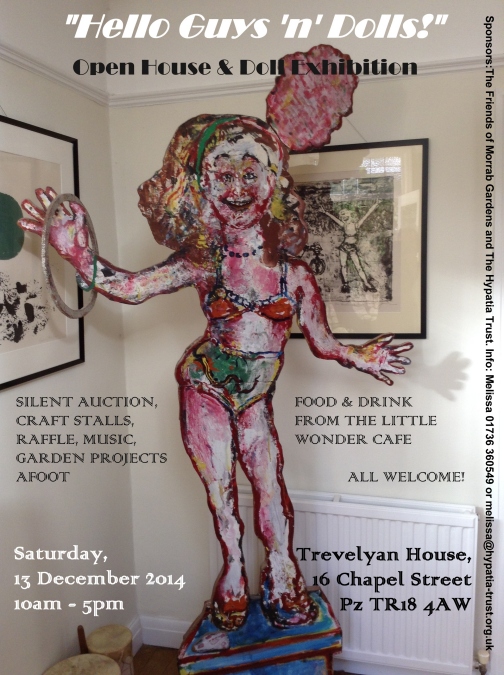



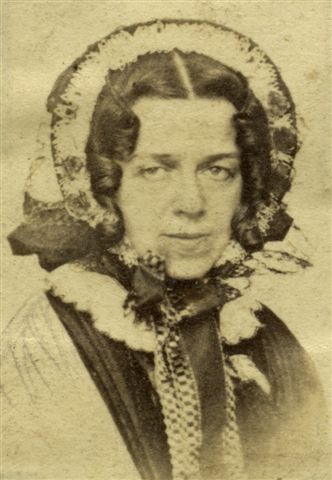






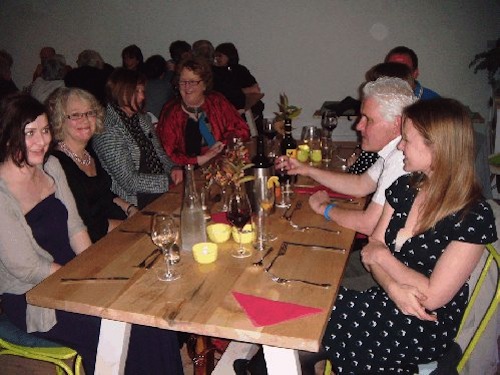 The Hypatia Trust held its annual Thanksgiving Day celebration on Thursday 22nd November 2012 at The Lime Tree Cafe at
The Hypatia Trust held its annual Thanksgiving Day celebration on Thursday 22nd November 2012 at The Lime Tree Cafe at 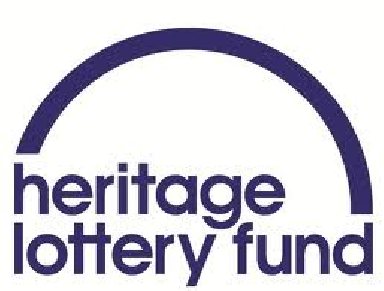 We were also delighted to announce that the Hypatia Trust has been awarded a £10,000 grant from the
We were also delighted to announce that the Hypatia Trust has been awarded a £10,000 grant from the 

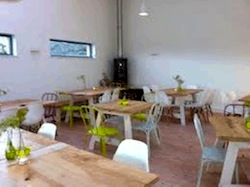
 Open now at Trevelyan House's capacious ground-floor is the delightful Lost & Found Cafe and Gallery.
Two childhood friends who have grown up to start their own creative business life together as well, are Holly Hearn and Jesse Dowse-Willoughby. With the help of many young friends and helpful family members they have once again transformed the beautiful reception rooms into welcoming spaces to display paintings, to show and sell vintage tableware and books, and serve breakfasts, light lunches, teas and coffees and delicious scones, cakes and other pastries.
Open now at Trevelyan House's capacious ground-floor is the delightful Lost & Found Cafe and Gallery.
Two childhood friends who have grown up to start their own creative business life together as well, are Holly Hearn and Jesse Dowse-Willoughby. With the help of many young friends and helpful family members they have once again transformed the beautiful reception rooms into welcoming spaces to display paintings, to show and sell vintage tableware and books, and serve breakfasts, light lunches, teas and coffees and delicious scones, cakes and other pastries.